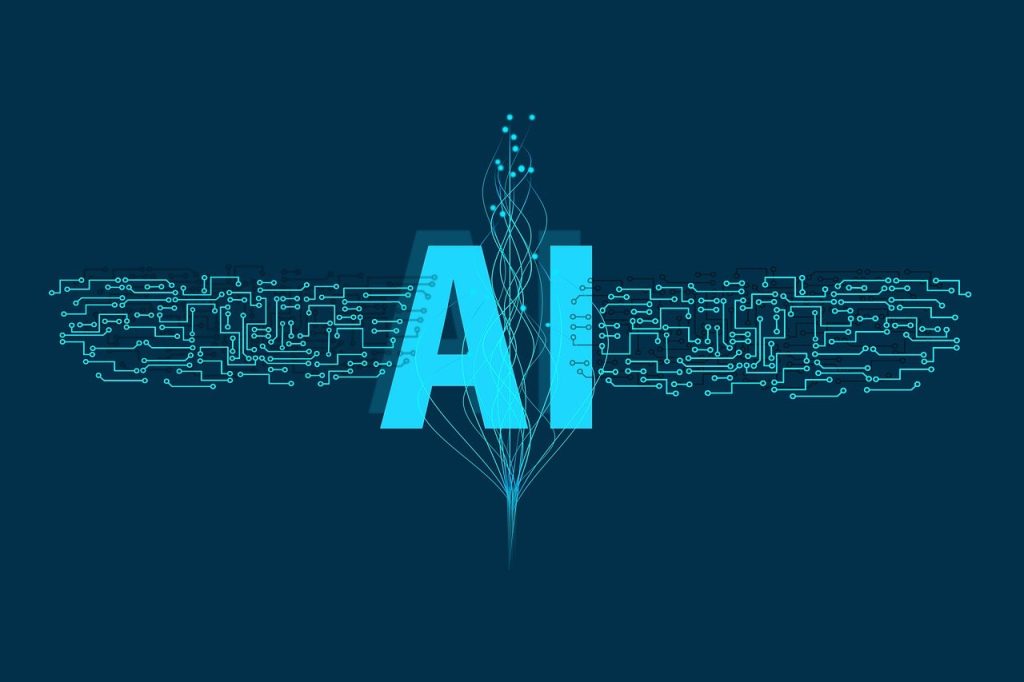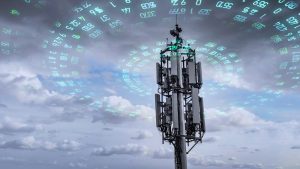AI Traffic Light System Could Reduce Congestion Dramatically

Statistics show that a total of 6.9 billion hours were spent by Americans in traffic jams back in 2014. The average vehicle consumes an additional19 gallons of gas when it is stuck in traffic, which means that about $160 billion is lost in fuel and time every year. A typical driver wastes almost 100 hours in traffic in most big cities of the United States. In terms of a workplace, this is about taking an off for almost two and a half weeks. Luckily, researchers have been actively working to cut down traffic congestion. There are several solutions that are being developed for this purpose.
These include the introduction of driverless cars and there is also the use of artificial intelligence (AI) for use in traffic lights. A new artificial intelligence (AI) technology has been developed by researchers at Aston University. This system is a first-of-its-kind that is designed to monitor live traffic and then make adjustments to the traffic lights accordingly. In this way, it can ensure that traffic continues to move and there is reduced congestion on roads. Deep reinforcement learning is used for executing this method, where the software will know when it is not performing well and try a new approach.
If it sees any progress, the software will continue making adjustments and improvements. The inadequate timings of traffic signals often leads to congestion. Therefore, the researchers focused on this aspect. They developed Traffic 3D, which is a realistic traffic simulator, in order to teach their artificial intelligence (AI) program on how to handle the different scenarios when it comes to weather and traffic. They tested the system at a real junction and it managed to adapt to the real traffic intersection, even though it had been trained via simulations only.
Hence, it could be quite useful in the real world as well. Dr. Maria Chli, who is part of Aston University’s Computer Science department, said that they had set up the simulator as a kind of traffic control game. Every time a car goes through the junction, they give the program a ‘reward’. It receives a negative reward when there is a jam, or a car has to wait. She said that they do not give it any input and just have control of the reward system. Currently, magnetic induction loops are used at junctions for ensuring automation of traffic lights.
This system counts the cars that pass over it and then make adjustments, which often makes it difficult to prevent congestion. In the case of Aston University team’s AI program, it will be able to ‘see’ high volume of cars before they go through the lights. This makes it more responsive because it will be able to react quickly. Another member of the team, Dr. George Vogiatzis said that they had opted to use learned behaviors for the program, so the AI can understand things it has not dealt with before. He said that they tested the system with congestion being caused by a physical obstacle and even then it had done quite well.




